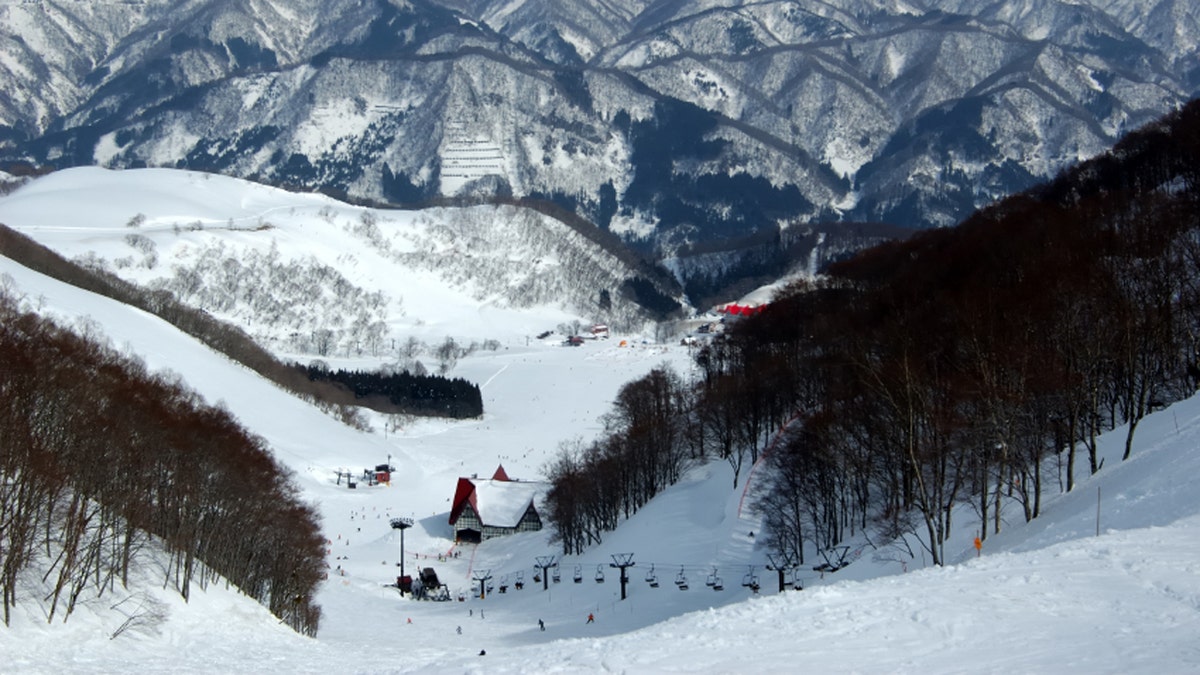
Ski slopes in the Japanese alpes (IStock)
New restrictions on "aggressive" design for Alpine skis appear to have reduced injuries among World Cup skiers in recent years, according to a new study.
The International Ski Federation Alpine Skiing World Cup is the top international circuit of Alpine skiing competitions. Starting with the 2012-2013 season, organizers restricted deeply-curved ski designs associated with better performance in some technical competitions but also tied to knee injuries.
About one-third of World Cup ski racers are injured during the five-month winter season, Dr. Lars Nordsletten and colleagues at the Oslo Sports Trauma Research Center and Oslo University Hospital in Norway write in the British Journal of Sports Medicine.
The most common injury is to the knee, especially the anterior cruciate ligament (ACL), the authors note.
To see if the new regulations had any impact on injuries, the study team interviewed skiers and coaches and analyzed rates and types of injuries in the six World Cup seasons before the new rules took effect and in the three seasons afterward.
They also analyzed International Ski Federation data for those years on the number of started runs during World Cup, World Skiing Championship and Olympic Winter Games competitions for each athlete.
During the 9-year period there were a total of 794 injuries (314 among female skiers and 480 among males). Almost all, 84 percent, were "time-loss" injuries, meaning skiers had to miss at least a day of competition because of the injury.
More than a third of skiers suffered an injury that caused them to miss a month or more of ski time.
Injury rates decreased significantly after the new rules went into effect. The rate of injuries per 100 athletes - a measure of risk across the whole season - fell by 26 percent, and the rate of injuries per 1,000 ski runs - a measure of risk during competitions - fell 24 percent, according to the study.
Overall, skiers had twice as many injuries to the lower body versus the upper body. But after the new rules took effect, upper body injuries fell by 44 percent while lower-body injury rates changed very little.
There was no difference in rates of severe injuries, but there was a drop in time-loss injuries.
The researchers speculate that the change in upper body injuries was due to fewer falls, which is also supported by an increase in the number of completed runs after the new rules took effect.
The study also found that most of the decrease in injuries was seen among men, but that might simply be a result of having fewer women in the competitions, so a change in risk was not as readily apparent for females.
There were 1058 females and 1344 males, Nordsletten noted in an email to Reuters Health. To see a significant reduction for women, he explained, the study would have needed to include two to three times more female athletes.
The authors also caution that because the total number of athletes in the study was small, it's hard to interpet the absence of a change in knee injuries after the new rules. Continued monitoring of injury rates during World Cup seasons is needed to determine the effect of the new regulations on knee and ACL injuries, they write.
The equipment restrictions have not yet been implemented in other types of ski competitions, Nordsletten noted. "For now, these regulations have only been implemented at the World Cup level," he said.
